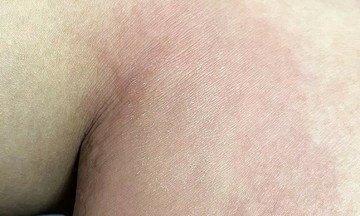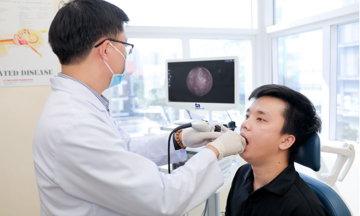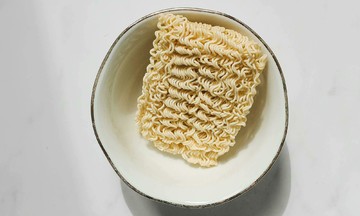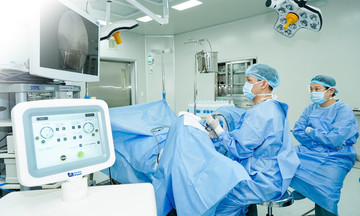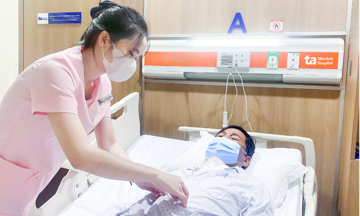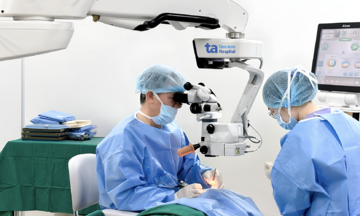Answer:
Most people use bamboo or wooden chopsticks, while a few use stainless steel. However, many people have the habit of putting chopsticks into containers or cupboards immediately after washing. This prevents the chopsticks from drying completely, and the high humidity encourages mold growth, which is detrimental to health. Furthermore, northern Vietnam's climate is conducive to mold growth, affecting food and household items.
Moldy wooden or bamboo chopsticks can harbor various types of mold, depending on the temperature, air quality, and surrounding environment, which can impact health. Mold on chopsticks can also spread throughout the kitchen, contaminating food and even coming into direct contact with people.
Mold readily produces aflatoxin, a toxin resistant to high temperatures and difficult to destroy completely. This substance is a known carcinogen.
Additionally, bamboo or wooden chopsticks kept in damp, water-logged environments create ideal conditions for bacteria like Staphylococcus aureus and E. coli to thrive. Prolonged use of such chopsticks can lead to chronic poisoning.
To minimize mold and bacteria, chopsticks, bowls, knives, and cutting boards should be washed immediately and thoroughly after use. Cutting boards should be propped up to dry quickly. Chopsticks should be separated and sun-dried to ensure they dry quickly, rather than being piled together, which keeps them damp.
Like any household item, chopsticks have a limited lifespan. Even high-quality chopsticks should be replaced every 3-6 months. Discard them immediately if they show signs of mold, splintering, or other deterioration.
Associate Professor Doctor Nguyen Duy Thinh
Institute of Biotechnology and Food Technology, Hanoi University of Science and Technology




